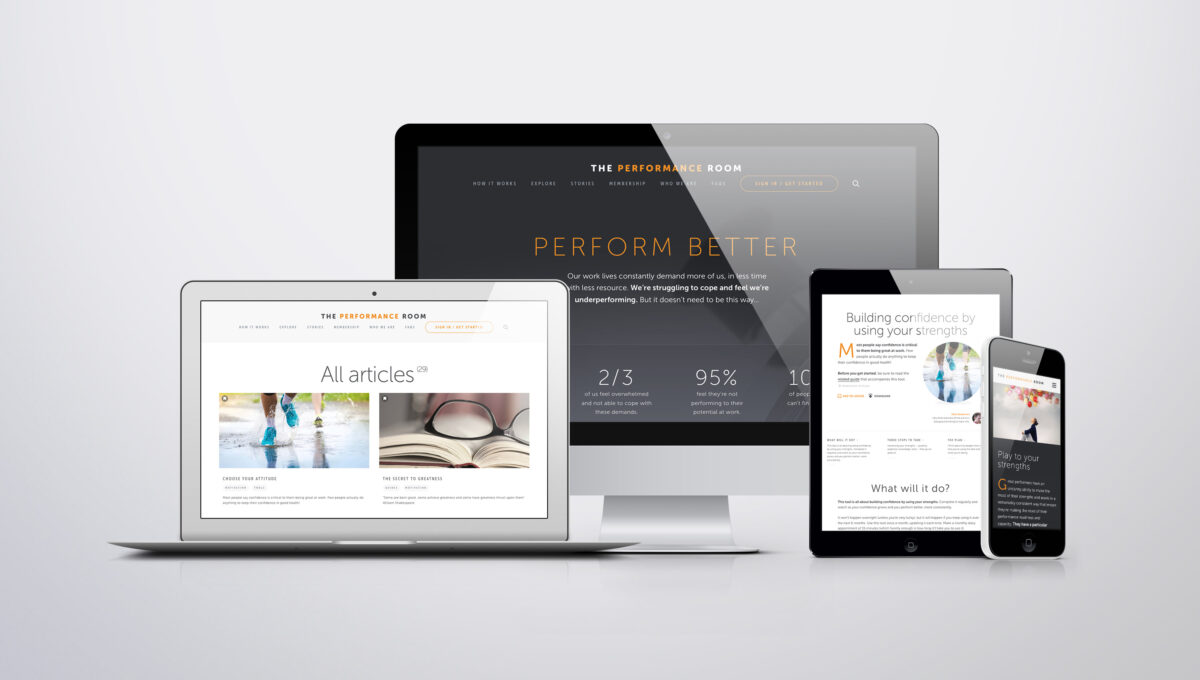Shifting focus to a performance obsession

When we’re not able to use the goals and targets we’re used to, confidence and control can start to reduce quickly. This doesn’t have to be the case.
Follow these steps to start shifting your focus and soon you’ll realise outcomes and results are often too much part of your focus. Enjoy creating a new blend that will help you focus on performance.
Reading time: 15 minutes
Step 1
Performing in an uncertain world
- It’s time to fully accept that you’re not going to be able to use your familiar targets, KPI’s, OKR’s or other goals with any of the confidence you have in the past.
- Conditions are changing so fast that for the forseeable future, you’ll benefit from a day-by-day focus, knowing that you’re going to be building a new track record, one day at a time.
- Be totally clear about what it means to be Performance Obsessed – and that means focusing on “doing the things you need to do to get the results you want”.
- Accept that there’s no need for luck, nor masses of talent, nor for the situation to change – rather, understand that the best place to focus on performance – your time, energy and attention is onto doing what you can and need to do, to the best of your ability.
- Take every opportunity from now on to help everyone you work with to become superb at focusing on performance so they redefine what success looks like in their role.
- Be really clear with yourself and others that results are now an even less reliable indicator of performance – the only things that are currently in your control are your choices about how to perform in the conditions.
Step 2
Using Performance Ingredients as Goals
- Each day set yourself up for success by being totally clear about your focus on performance. You want to be 100% focused on key performance ingredients.
- Start with a technical and tactical plan. Make a list of the things you want to get done today so you have some simple outcomes to work towards. Now list the key skills and knowledge you’ll need to be focused on when getting your tasks done. Decide on your tactical plan for the day so you know that you’re going to be focused on doing the right things in the right way at the right time. Set yourself a finish time for the day.
- Now make a plan of how you’re going to take care of your physical energy to perform today. On a daily planner schedule some exercise or physical activity. Schedule when and what you’re going to eat. Schedule some short breaks. Remember to include hydration!
- Now shift to the plan for the mental energy and focus on what’s going to help you perform. Write down one attitude that is going to be helpful for you to maintain for the day. Write down a maximum of two other attitudes that are going to be useful for specific tasks. Write down a maximum of 3 things that will help you keep your mental energy in good shape through the day (e.g., meditation, music, focused breathing, self-talk)
- At regular intervals during the day you’ll be using a 1-10 scale to evaluate how well you’re actually bringing the plan to life. The question you’re asking yourself is “How well am I doing the things I intended to do?” Checking in on progress provides you with helpful feedback and enables you to tackle the day through a series of mini sprints and learning cycles.
Step 3
Setting your high performance rhythm
- At the start of each day use the prompts in Step 2 to write out your performance goals for the day. We’d recommend using one of these sentence starters as the heading for your plan: “Just for today I will…”; “My performance plan for today is…”; “My goal for today is…”; “My recipe for success today is…”
- Because the feeling of connection counts so much right now, we’d suggest you share your Performance Plan with another member of your team. Sharing the plan will increase accountability and also mean there’s a sense of support in achieving the plan.
- Using your Performance Plan will mean you are able to check in with each other 2-3 times a day to answer “how well am I performing right now?”. Together you’ll be able to support each other’s sense of control and confidence with each check in. Connectedness, control and confidence are important for mental health, well-being and performance – especially in uncertain conditions.
Step 4
Review, learn and be ready to go again
- At the end of each day review how well you’ve been able to do what you set out to do. Use the 1-10 scale to rate your performance. Again, we’d recommend this is done with your Performance Plan buddy.
- Make sure you identify: 3 Performance Successes for the day and 3 Performance Improvement opportunities from the day.
- Feed the learning forward so you’re ready to go again tomorrow by making a summary that simply captures:
- Things to keep doing
- Things to do a bit differently to make them better
- Things to avoid doing because they’ve not been helpful
- 1 or 2 new things I think will add value
Step 5
Sticking with the habit
- Remember this is all about developing a performance obsession. Develop the habits of performance really well right now in these challenging conditions and you’ll then be in a great position to carry the habits forward. You’ll be able to see what the value of the performance obsession approach has when you return to business as usual when the more familiar targets or outcome goals are back in the picture.
- If you fall off the habit for a day or two, that’s okay, jump back into it as soon as you can. A change in routine makes a drop off in habits more likely, so make extra effort to stick to the habit if and when you need to adapt to a different set of conditions. Your Performance Plan Buddy will become even more important when you’re back to a more familiar way of working.
- While you focus on performance and are practising a healthy obsession with it, you will be learning more about your own high performance recipe and how you can perform consistently well regardless of the results being achieved.
Your obsession, whatever the conditions, stays on doing the things you need to do to get the results you want.

